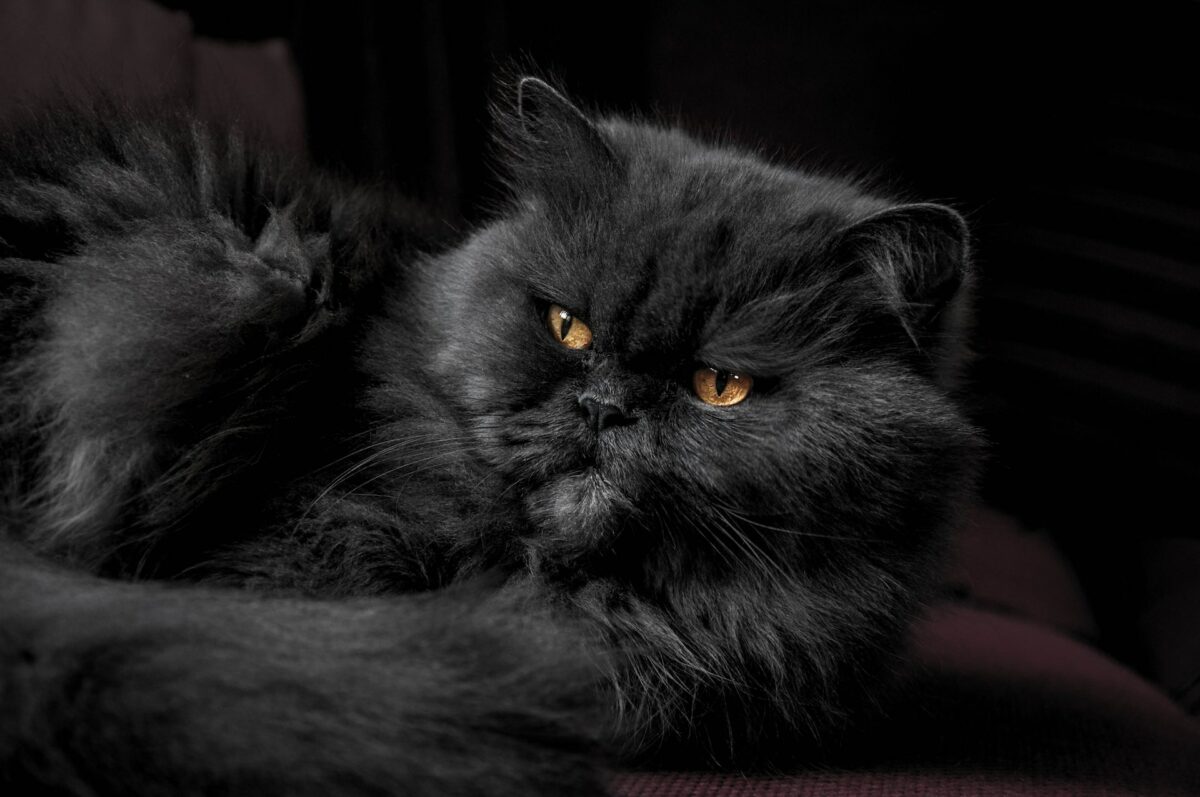Cats, kitties, fluffies, or whatever you call your feline best friend, all belong to the Felidae family. Although, they are the only group that is domesticated. Hence their other name, the domestic cat.
These carnivorous animals are lovingly kept in homes as pets but also roam freely as ferals. They share many characteristics with the other cat species in their family, such as their agility, sharp reflexes, and keen sense of smell and sight.
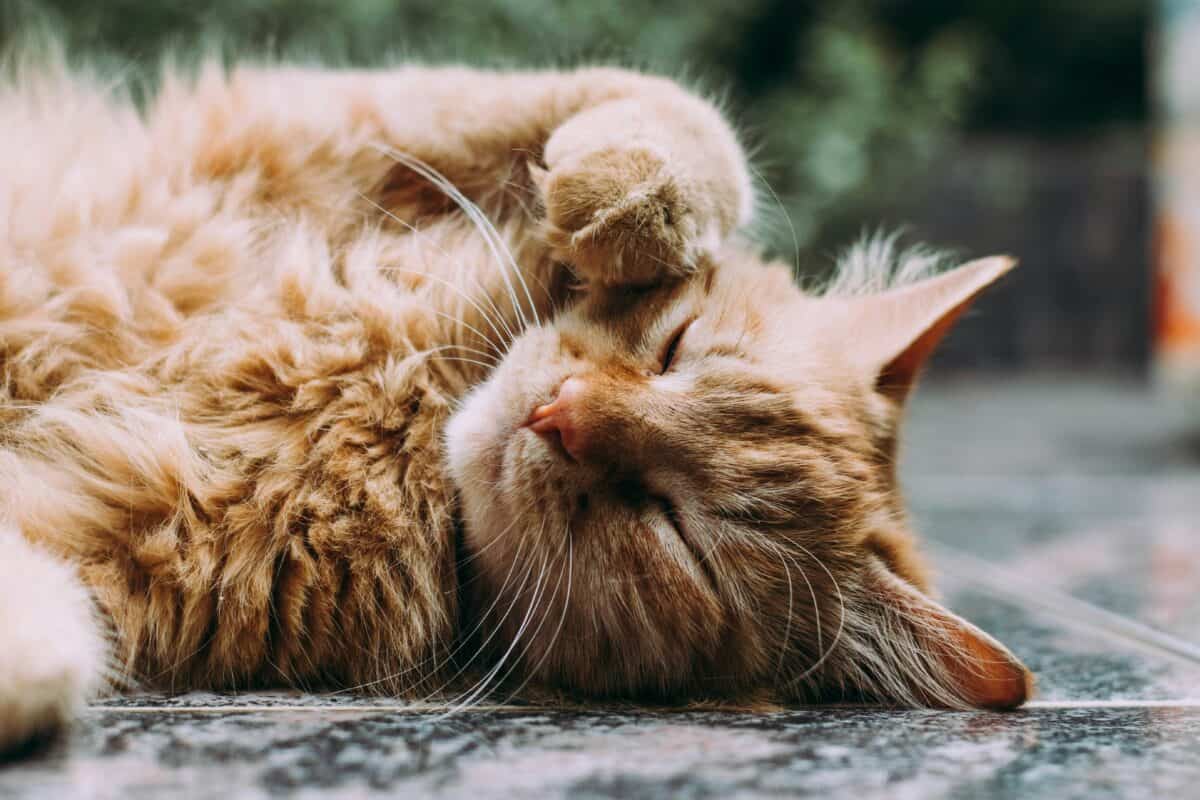
Some Quick Facts
| Scientific Name | Felis catus |
| Class | Mammalia |
| Size | The average body length of 18 inches plus a 12-inch tail |
Cat Overview
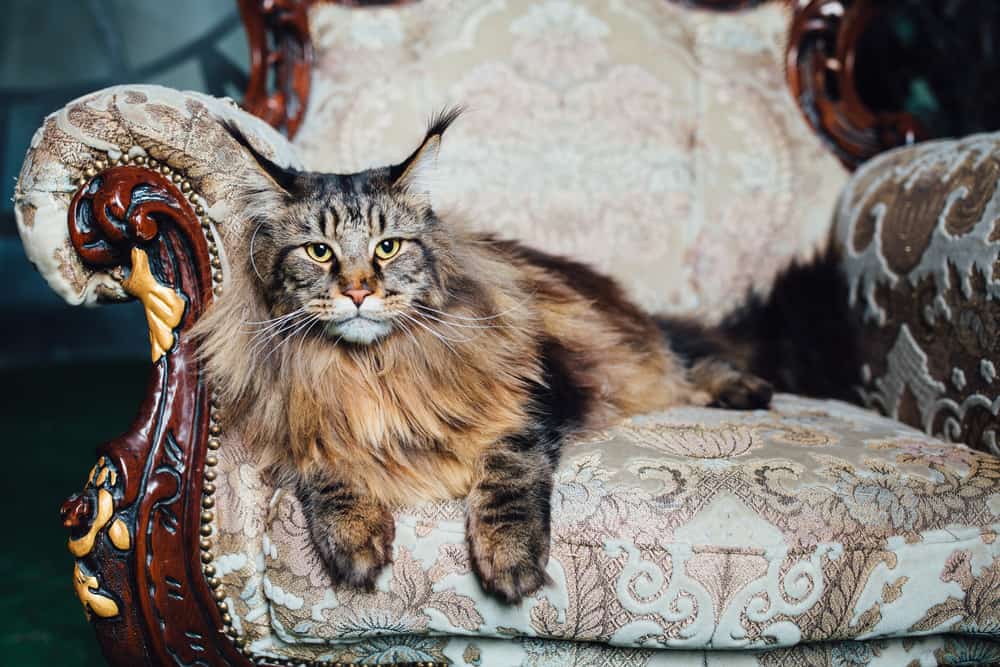
Where do they live?
These beloved pets live in homes around the world. Some like to be spoiled and require a lot of attention and care to meet their needs. Where others are more independent – wandering in and out of their human homes as they please.
Those known as ferals live in the streets of cities and towns where they roam and live freely. Some feral cats are also found on farms where they spend most of their days hunting vermin.
What do they eat?
Cats are carnivores, meaning they eat meat. Those who hunt, be they pets or wild cats, mostly hunt smaller animals like birds and vermin. However, many pet kitties receive meals from their humans which could be in the form of wet or dry food. The most important thing to remember is that their food needs to be balanced and nutrient-rich.
How do they reproduce?
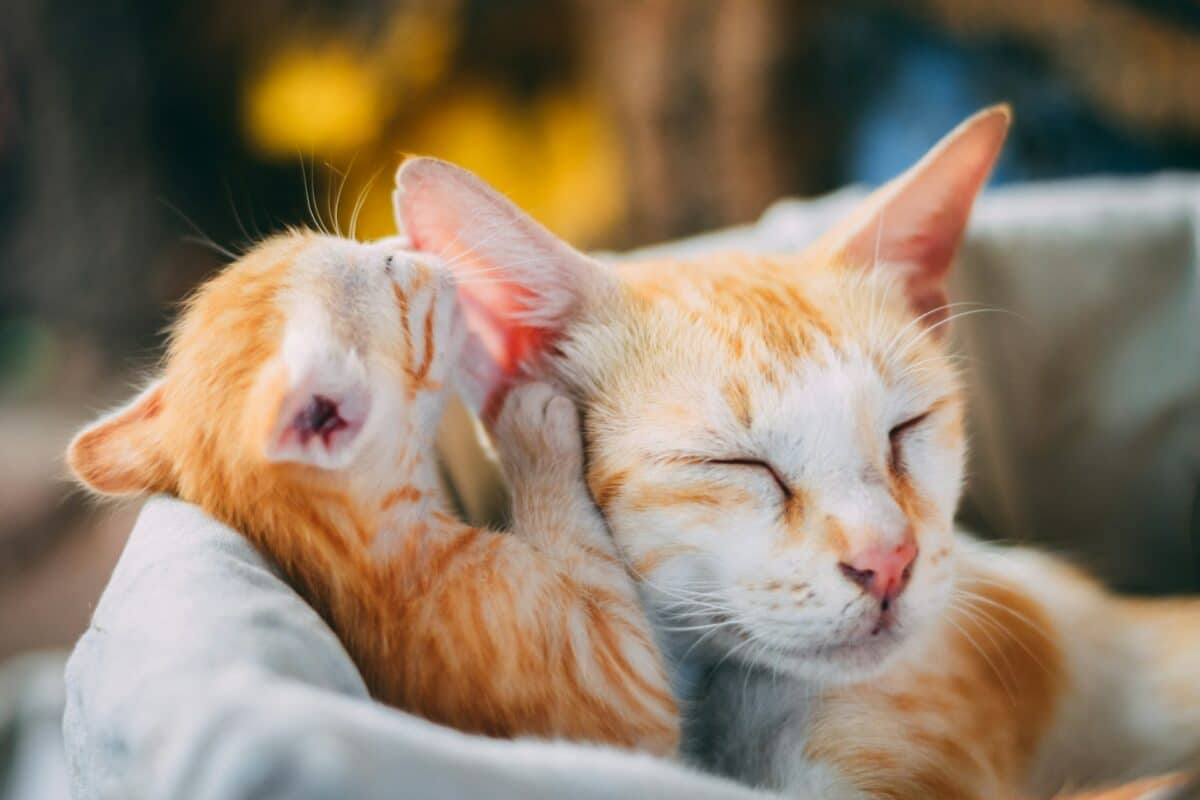
Like all other mammals, they reproduce sexually. Once a female is impregnated by a male she is pregnant between 62 and 67 days. Whereafter she gives birth to a litter between 2 and 5 kittens.
The mother provides her kittens with milk, grooming, and protection. They are weaned from their mother at around 7 weeks of age, and if they are intended to be pets, they are ready to go to their new homes at 12 weeks of age.
Social behavior
Feral cats’ social behavior differs from that of domestics. Ferals tend to live in social groups with one dominant cat. They mark their territories with urine and defend their areas through short, loud fights.
The domestic cat is often socially adapted those it shares a space. They are often seen playing and showing affection to other animals and humans. However, the older your pet get the less tolerance they have for other cats in their space.
Cat News
-

15 Cat Breeds That Love Cuddles on Their Terms
-

14 Things Pets Do That Still Have Scientists Scratching Their Heads
-

11 Cat Breeds That Have a Dog-Like Personality
-

15 Celebrity Pets Living More Luxuriously Than You
-

12 Myths About Cats We All Grew Up Believing
-

11 Fun Facts About a Cats Purring Power
-

14 Weird Pet Behaviors That Are Actually Totally Normal
-

11 Little-Known Facts About How Cats Experience the World
-

20 Common Cat Behaviors and What They Mean
20 Species
- British Shorthair
- Norwegian Forest Cat
- Japanese Bobtail
- Egyptian Mau
- Devon Rex
- Cornish Rex
- Somali
- Tonkinese
- Balinese
- Russian Blue
- Domestic Shorthair
- Domestic Longhair
- Siamese
- Persian
- Maine Coon
- Ragdoll
- Bengal
- Scottish Fold
- Sphynx
- Burmese
How Do I Know If My Cat Loves Me?
We all know cats as independent creatures, and much less cuddly than a dog pet! However, everyone who has fallen in love with a kitty would know that these animals are capable of a lot of love! And just like humans, their personalities play a role in how they show their care.
Some signs of your pet’s affection towards you could be that they follow you around and want to sleep close to you. They could also knead you, or purr, trill, and meow to show their love. Some loving cats even rub against and lick their owners.
Pictures
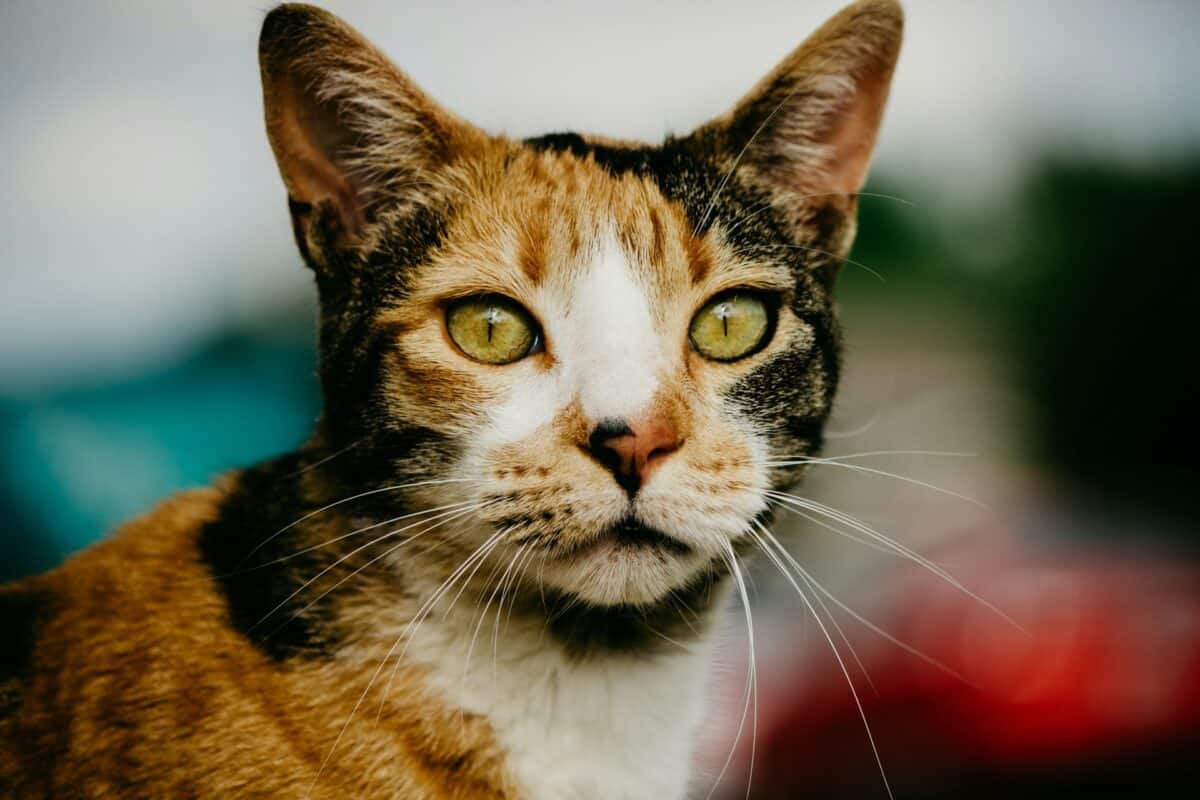
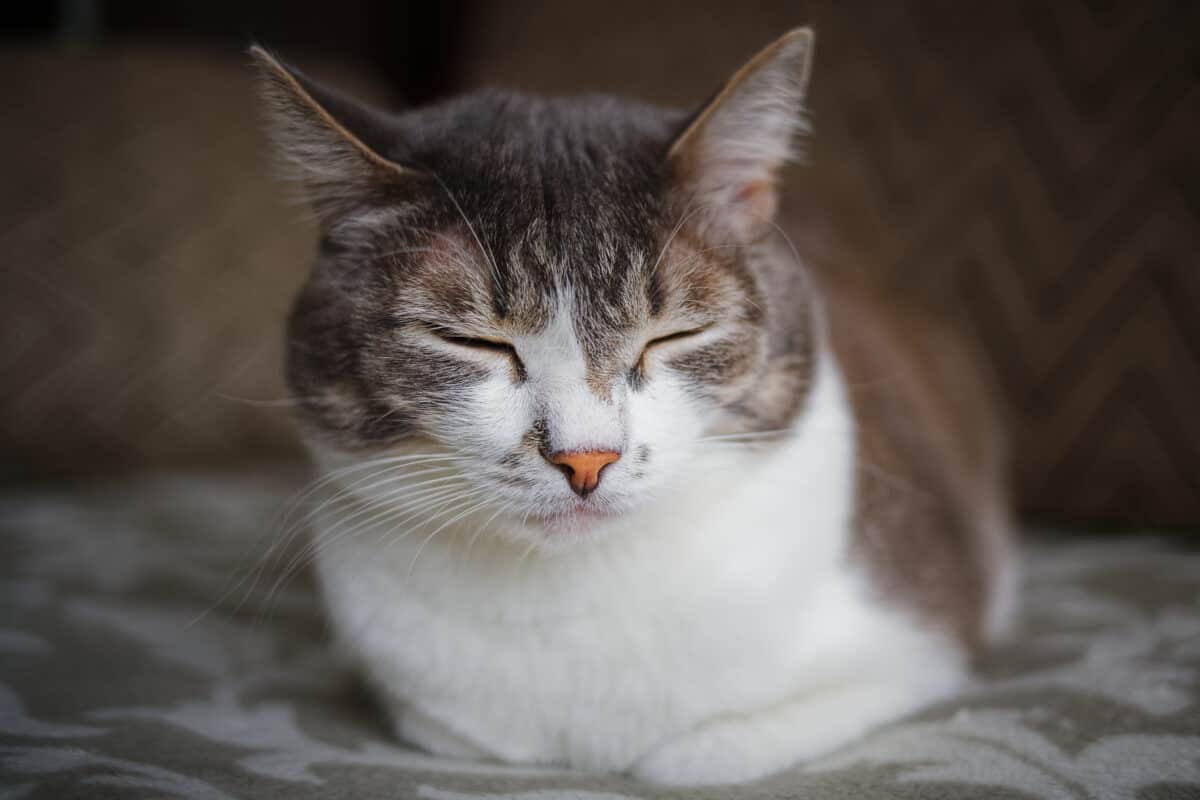
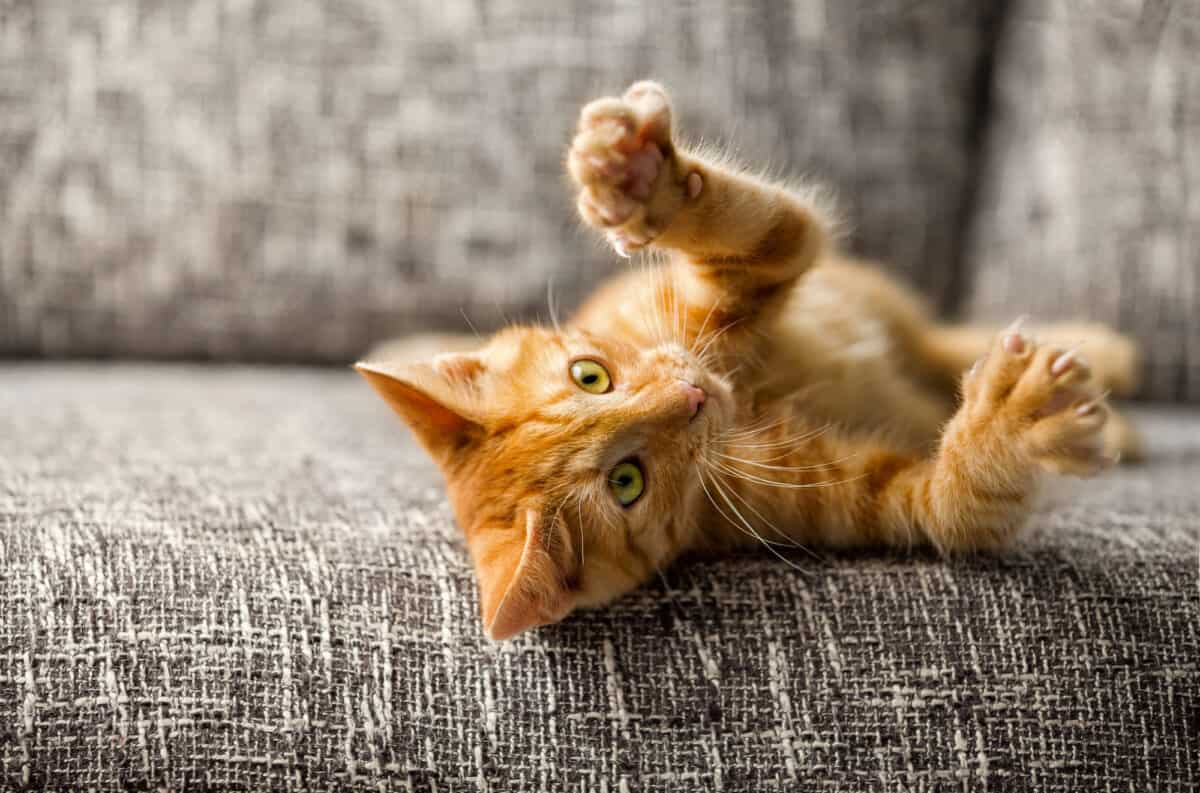
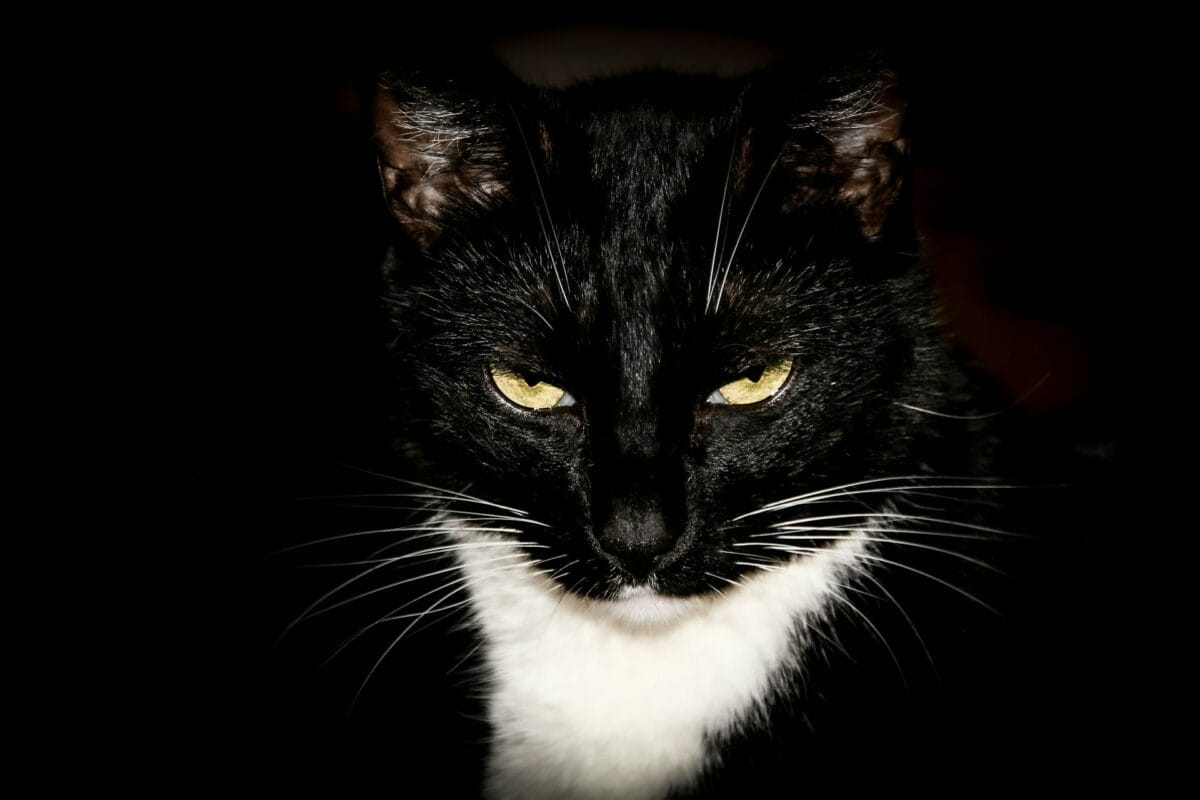
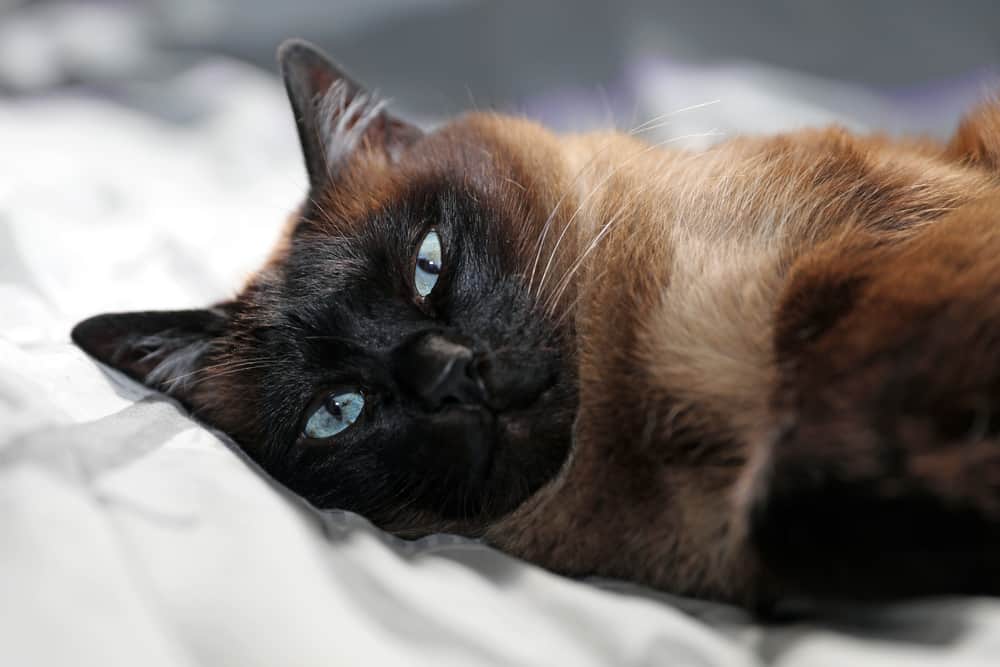
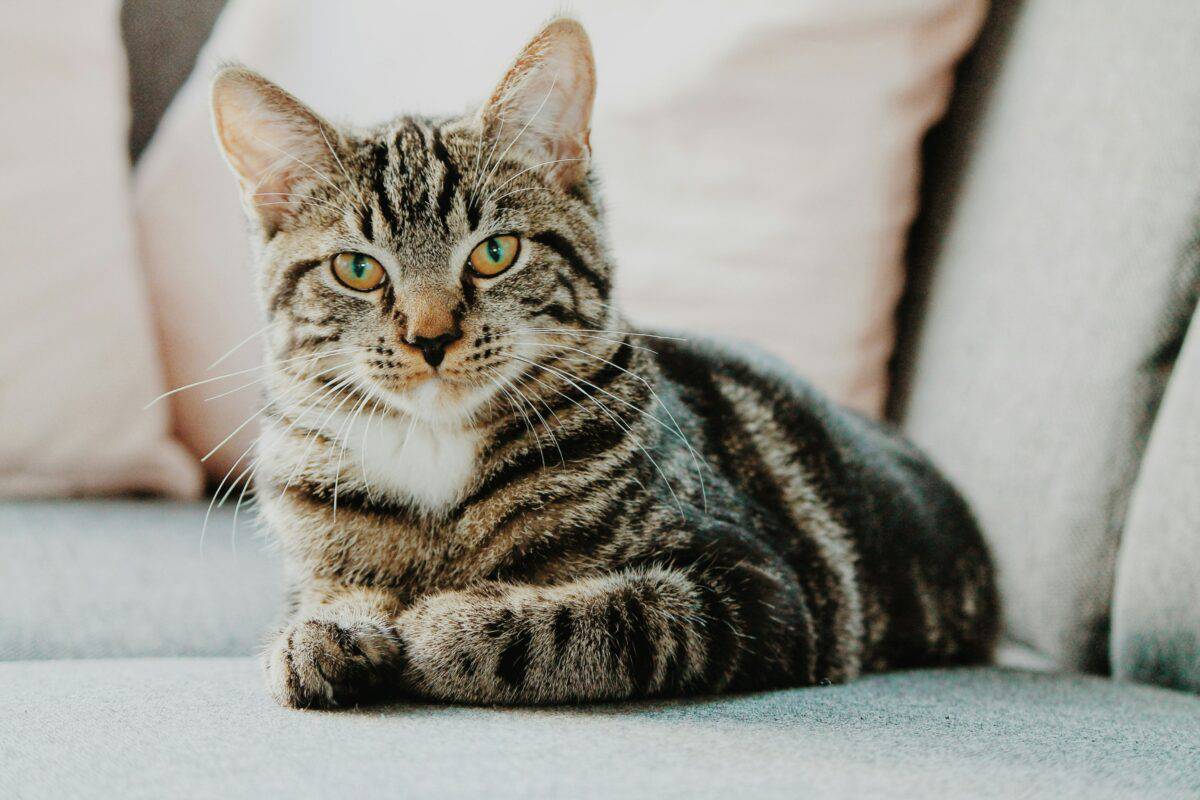
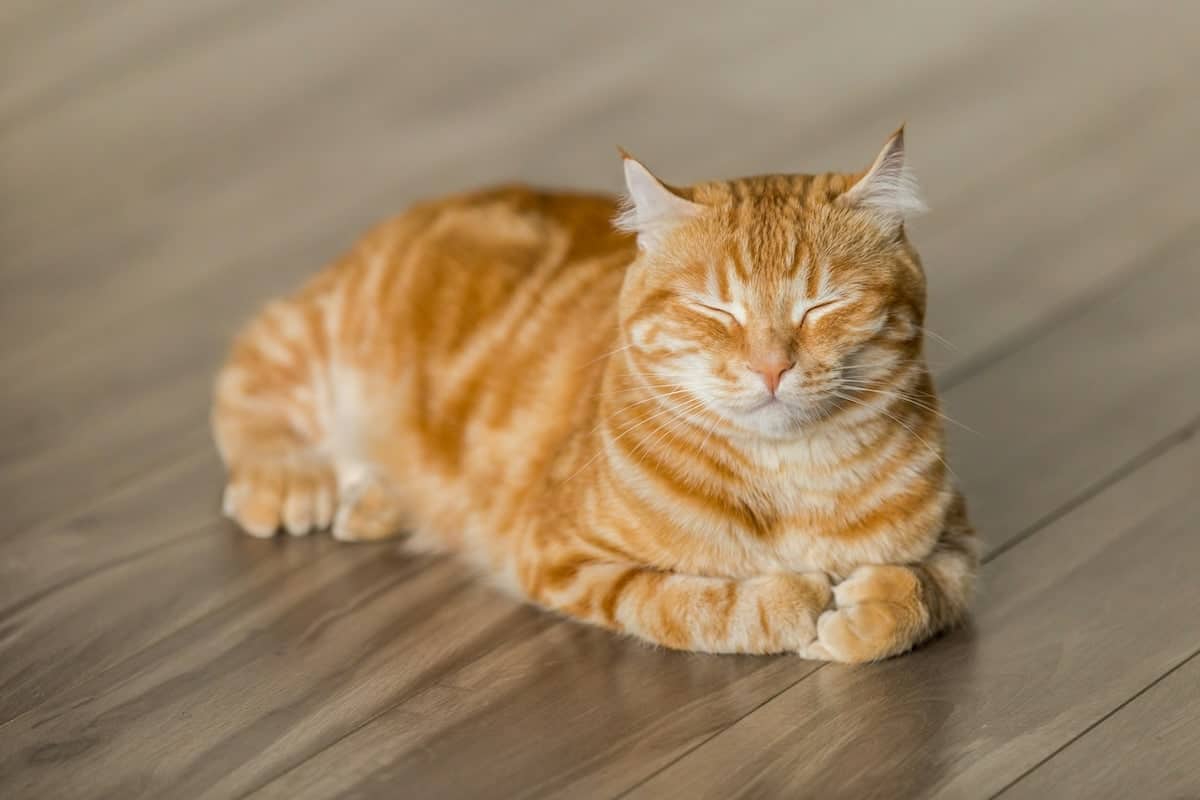
Cat History & Cultural Importance
Did you know that Egyptians used to worship cats? So much so that they would mummify them once they passed away! Egyptians saw cats as a symbol of power, fertility, and justice. Their goddess Bastet was represented as a cat and killing these sacred animals was forbidden.
But the Egyptians were not the only ones who considered these feline beauties sacred. In Greece killing these animals was also against the law. If a household cat passed away families would take them to sacred grounds where they were embalmed and buried. While the whole family mourned and even shaved their eyebrows.
They carry symbolism in many different cultures. In Japan, they symbolize good fortune, and in Scandinavian culture, their goddess of love, fertility, and beauty was associated with cats.
Cat FAQ
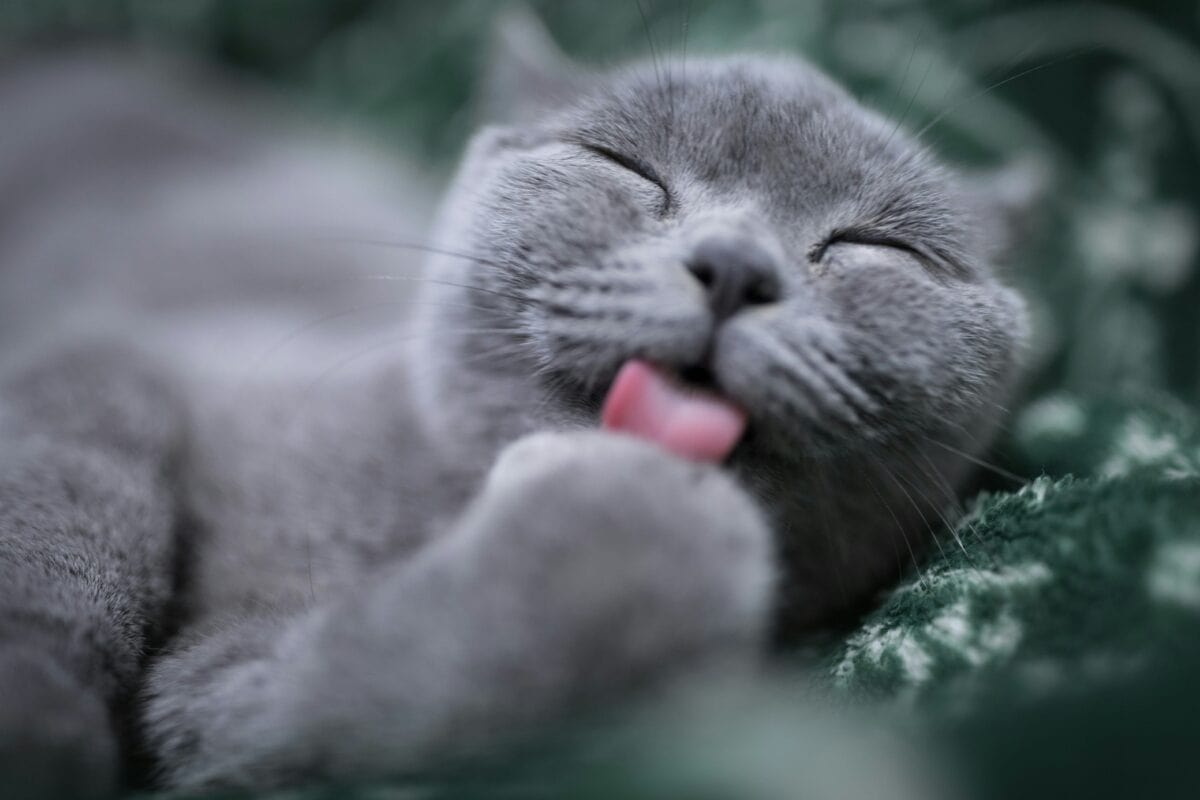
Cat’s whiskers help them with their senses and navigation. Their whiskers help them judge the width of gaps and detect objects in the dark, by both direct touch and sensing air currents. Their whiskers also protect their eyes by triggering protective blink reflexes.
Cats only need 1/6th of the light humans do to see in the dark! Their pupils expand to almost the size of their whole eye to see better under these conditions and have a special membrane that allows them to blink without bothering their vision.
This is the belief that humans are not the ones who choose their pet cats, but that they choose them! Anyone who has ever come across a kitten on the side of the road or had a kitty wander into their homes would agree. Their furry friends choose them!
Newest Category: Cats
- How to Naturally Keep Stray Cats from Your Home - June 18, 2025
- 10 Phenomenal Animal Discoveries Made Recently - June 18, 2025
- Hummingbird Season in America - June 18, 2025

